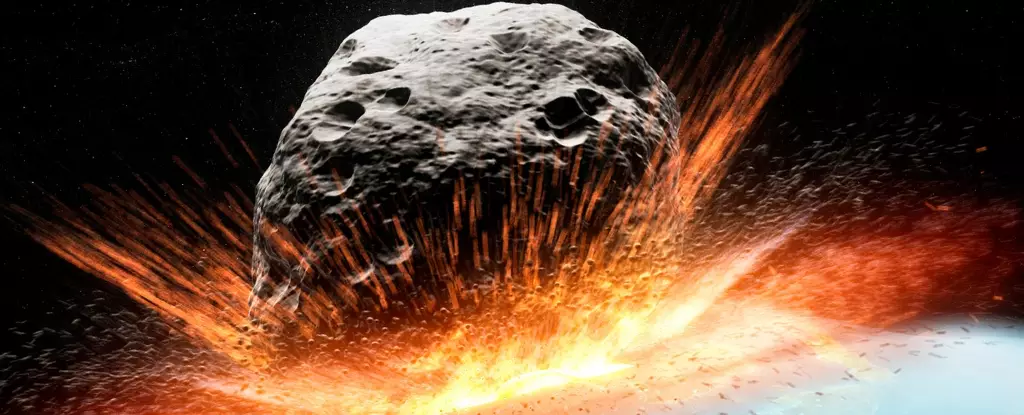In late December of 2024, a notable cosmic discovery emerged: an asteroid designated 2024 YR4. This exceptional find was part of a systematic effort to observe the night sky, resulting in its classification as the 117th asteroid detected in the final weeks of 2024. The naming convention reflects not only the year of its discovery but also its chronological order among other asteroids cataloged during that time. Following the identification of such celestial bodies, astronomers engage in rigorous tracking and monitoring processes to ascertain their orbits and potential threats to our planet.
Initially, 2024 YR4 was assessed with a mere 1% likelihood of colliding with Earth. However, as ongoing observations enhanced data accuracy, the probability surged to 2.3%. To put this into perspective, these percentages are derived not from arbitrary speculation but from extensive computer simulations—1,000 orbital models that yield a specific number of scenarios wherein the asteroid collides with Earth. The current consensus positions this asteroid at a calculated close passing of approximately 240,000 km from our planet, a distance that, while significant, is still comfortably within the Moon’s orbit and does not trigger immediate alarm.
While the increment in probability might sound alarming at first, astronomers assert that the situation remains under control. 2024 YR4 maintains a Torino Scale rating of 3, indicating a need for continued observation but not an acute emergency. This classification effectively communicates to the public and decision-makers that there is cause for vigilance without precipitating panic. Asteroids are notoriously challenging to track and predict; their trajectories can be influenced by various gravitational interactions, which introduces notable uncertainty in early calculations.
One critical asteroid encounter is anticipated in 2028, when 2024 YR4 will pass within 8 million kilometers of Earth. This event is crucial for refining our understanding of the asteroid’s orbit due to the potential for more accurate measurements, enabling astronomers to assess whether the likelihood of an Earth impact remains consistent or shifts dramatically. It is vital to understand that predicting an asteroid’s path is inherently uncertain—gravitational perturbations and unforeseen influences can alter trajectories significantly.
If future calculations dramatically heighten the risk of impact, it becomes essential to consider humanity’s preparedness. Fortunately, scientists have indicated that even with negligible chances of a catastrophic event, there is still time to develop contingency plans. The asteroid’s relatively small size suggests that even a direct hit wouldn’t lead to a cataclysmic extinction event. However, the ramifications could be substantial, particularly if the impact occurred in a densely populated area. In such a case, effective evacuation strategies could be implemented, giving communities ample time to react.
Monitoring the trajectory of 2024 YR4 remains critical as its orbit is subject to change. Early assessments, while informative, can fluctuate as new data emerges. The historical context of astrophysical events has shown that previously unexpected encounters, such as the Chelyabinsk meteor in 2013, emphasize humanity’s vulnerability to celestial surprises. The focus should be on long-term tracking and defense mechanisms rather than succumbing to panic over initial risk assessments.
While the discovery of 2024 YR4 presents notable intrigue and potential challenges, the current risk of impact appears manageable—and likely will diminish over time. The efforts of astronomers and planetary defense organizations will be pivotal in ensuring that we remain informed and prepared for any shifts in the asteroid’s trajectory. For those wishing to stay updated, NASA’s Planetary Defense Page offers a portal to ongoing research and findings related to this asteroid and others like it. As we continue to look toward the stars, fostering a culture of awareness and preparedness will be essential in mitigating any future threats from our cosmic neighborhood.

